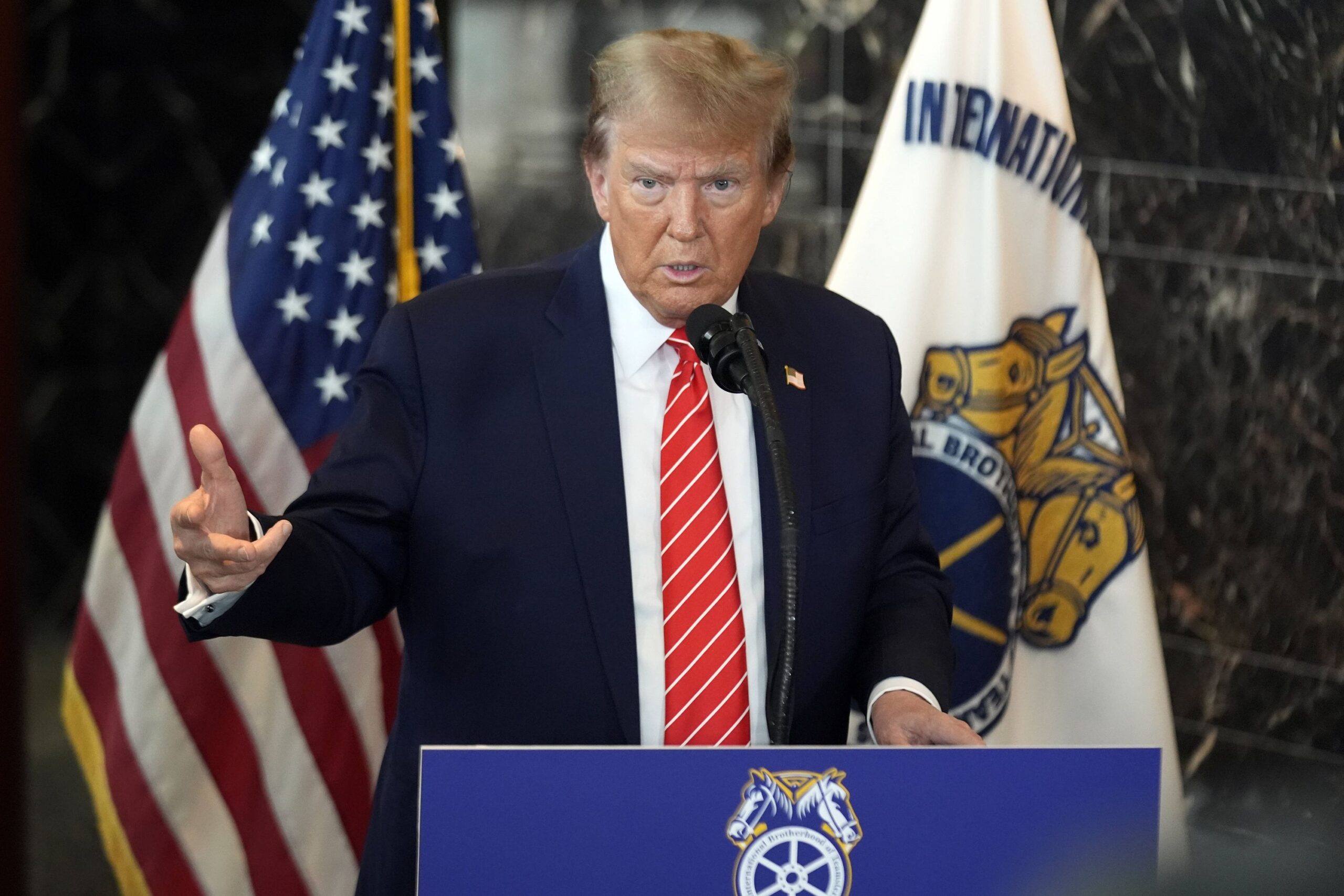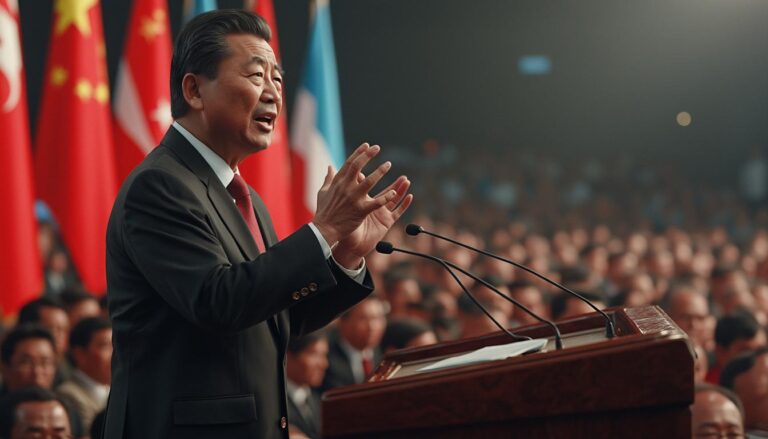In a constantly evolving geopolitical context, the United States’ decision to ease trade restrictions with its allies could mark a significant turning point in its defense strategy. This initiative, aimed at strengthening military and technological cooperation, is part of a context of growing rivalry with China, thus making it possible to reestablish critical partnerships and promote the development of joint innovations. In examining the implications of this policy, it becomes essential to analyze how this approach could transform the balance of power on the international stage and foster a collective response to emerging challenges.
Table des matières
ToggleA major strategic change in defense

Recently, a significant new milestone was reached in military collaboration between the United States and its main allies, the United Kingdom and Australia. The agreement ends certain trade restrictions imposed by the United States, thus allowing better sharing of defense technologies and equipment. This reform is seen as a strategic adjustment in the face of growing threats posed by China in the Indo-Pacific region.
Strengthened agreements between allies
This progress, described as a “historic breakthrough”, marks a new era of cooperation. Allies will no longer face strict export licensing controls under the International Arms Trade Regulations (ITAR) for much of America’s military technology. This provides greater flexibility and speed in sharing critical resources.
A British official expressed: “We want the United Kingdom to be the first ally of the United States, and Australia aspires to the same position in the Pacific region. » This change illustrates a shared recognition of the threat posed by China and the urgency of a coordinated response.
A framework for increased collaboration
Although a limited number of sensitive items will remain under strict American control, the increased flexibility of trade could strengthen the relationship between the partners. According to sources, the remaining restrictions mainly concern cutting-edge technologies, such as:
- Artificial intelligence
- Autonomous weaponry
- Hypersonic weapons
This selection is justified by the need to protect technological advances while building a climate of trust and of partnership sustainable between the nations involved.
Significant economic benefits
The reform is estimated to cover up to £500 million of defense exported by the United Kingdom each year. Trade between the three nations could reach billions of dollars, boosting economic growth common. Furthermore, this agreement is in line with the ambitions aimed at strengthening the defensive posture in the face of Chinese aggression, particularly in the context of the acquisition of nuclear submersibles by Australia.
A response to the rise of China
Military experts emphasize the crucial importance of submarines in the Indo-Pacific region. Collaborative support from the UK and US is essential to provide balance in the face of rising Chinese power. Despite concerns raised by some European allies about possible marginalization, British officials reiterated that strengthening ties with Washington did not come at the expense of cooperation within NATO.
An uncertain but promising future
Ultimately, this initiative could well redefine the landscape of global security. Institutionalizing more fluid sharing of defense technologies not only strengthens the military capabilities of the United States, United Kingdom and Australia, but is also part of a broader strategy to counter the challenges posed by China.
Coopérations, partenariats, ruptures scientifiques et technologiques…, l’année 2023 était particulièrement riche pour l’#innovation de défense.
— Agence Innovation Défense (@Agence_ID) July 12, 2024
Ce bilan d’activités présente les actions entreprises par l’Agence en lien étroit avec la @DGA, les armées, directions et services du… pic.twitter.com/CjydwKpzl4
























